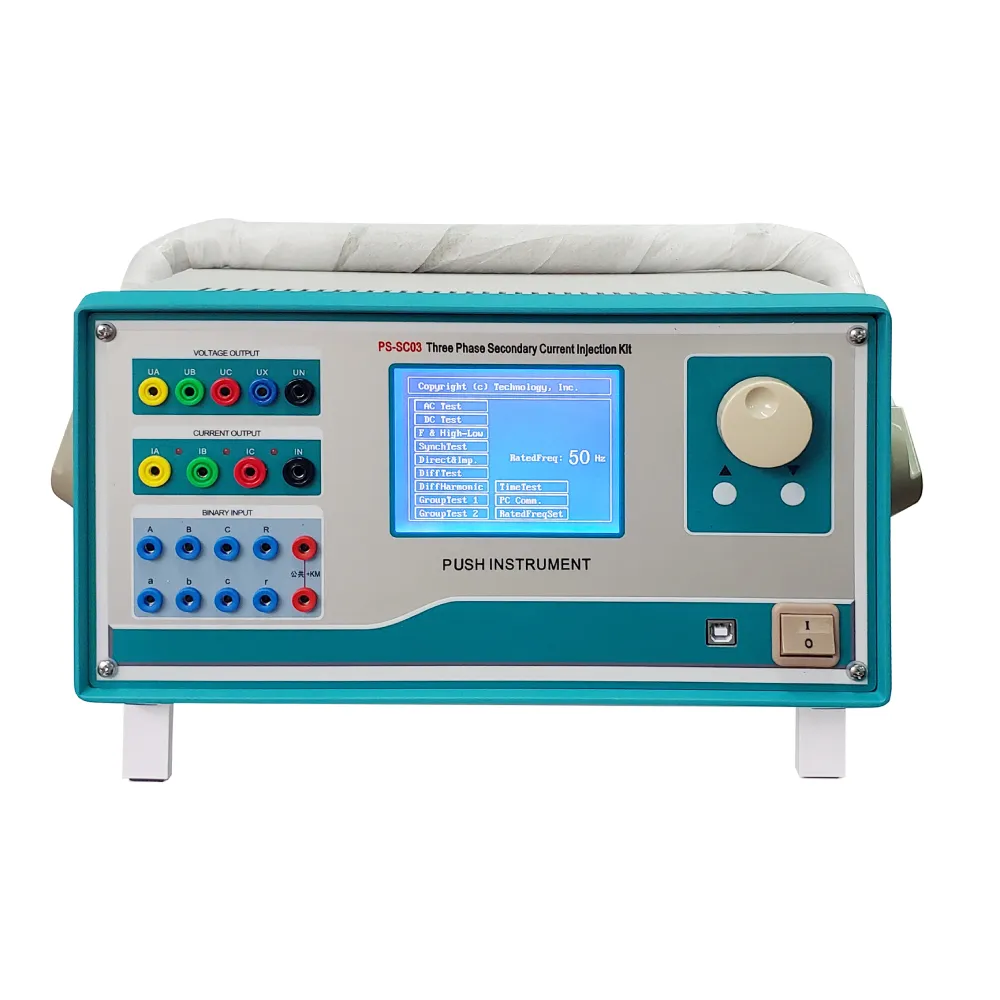TEL:
+86-0312-3189593
 English
English

Telephone:0312-3189593

Email:sales@oil-tester.com

-
 Afrikaans
Afrikaans -
 Albanian
Albanian -
 Amharic
Amharic -
 Arabic
Arabic -
 Armenian
Armenian -
 Azerbaijani
Azerbaijani -
 Basque
Basque -
 Belarusian
Belarusian -
 Bengali
Bengali -
 Bosnian
Bosnian -
 Bulgarian
Bulgarian -
 Catalan
Catalan -
 Cebuano
Cebuano -
 China
China -
 China (Taiwan)
China (Taiwan) -
 Corsican
Corsican -
 Croatian
Croatian -
 Czech
Czech -
 Danish
Danish -
 Dutch
Dutch -
 English
English -
 Esperanto
Esperanto -
 Estonian
Estonian -
 Finnish
Finnish -
 French
French -
 Frisian
Frisian -
 Galician
Galician -
 Georgian
Georgian -
 German
German -
 Greek
Greek -
 Gujarati
Gujarati -
 Haitian Creole
Haitian Creole -
 hausa
hausa -
 hawaiian
hawaiian -
 Hebrew
Hebrew -
 Hindi
Hindi -
 Miao
Miao -
 Hungarian
Hungarian -
 Icelandic
Icelandic -
 igbo
igbo -
 Indonesian
Indonesian -
 irish
irish -
 Italian
Italian -
 Japanese
Japanese -
 Javanese
Javanese -
 Kannada
Kannada -
 kazakh
kazakh -
 Khmer
Khmer -
 Rwandese
Rwandese -
 Korean
Korean -
 Kurdish
Kurdish -
 Kyrgyz
Kyrgyz -
 Lao
Lao -
 Latin
Latin -
 Latvian
Latvian -
 Lithuanian
Lithuanian -
 Luxembourgish
Luxembourgish -
 Macedonian
Macedonian -
 Malgashi
Malgashi -
 Malay
Malay -
 Malayalam
Malayalam -
 Maltese
Maltese -
 Maori
Maori -
 Marathi
Marathi -
 Mongolian
Mongolian -
 Myanmar
Myanmar -
 Nepali
Nepali -
 Norwegian
Norwegian -
 Norwegian
Norwegian -
 Occitan
Occitan -
 Pashto
Pashto -
 Persian
Persian -
 Polish
Polish -
 Portuguese
Portuguese -
 Punjabi
Punjabi -
 Romanian
Romanian -
 Russian
Russian -
 Samoan
Samoan -
 Scottish Gaelic
Scottish Gaelic -
 Serbian
Serbian -
 Sesotho
Sesotho -
 Shona
Shona -
 Sindhi
Sindhi -
 Sinhala
Sinhala -
 Slovak
Slovak -
 Slovenian
Slovenian -
 Somali
Somali -
 Spanish
Spanish -
 Sundanese
Sundanese -
 Swahili
Swahili -
 Swedish
Swedish -
 Tagalog
Tagalog -
 Tajik
Tajik -
 Tamil
Tamil -
 Tatar
Tatar -
 Telugu
Telugu -
 Thai
Thai -
 Turkish
Turkish -
 Turkmen
Turkmen -
 Ukrainian
Ukrainian -
 Urdu
Urdu -
 Uighur
Uighur -
 Uzbek
Uzbek -
 Vietnamese
Vietnamese -
 Welsh
Welsh -
 Bantu
Bantu -
 Yiddish
Yiddish -
 Yoruba
Yoruba -
 Zulu
Zulu
Feb . 13, 2025 04:00
Back to list
PS-JSB01 Transformer Dielectric Loss Analysis Tan Delta Tester
Understanding the tan delta measurement of a transformer is crucial for maintenance professionals and electrical engineers who aim to ensure the longevity and reliability of power systems. This technique is pivotal for assessing the insulation quality of transformers, which in turn, prevents critical failures and minimizes downtime, subsequently safeguarding the infrastructures of industrial and utility sectors. Through this discussion, I shall delve into not only the fundamental aspects but also the advanced insights of tan delta testing, with a commitment to expertise and authoritativeness.
For industries reliant on transformer reliability, integrating regular tan delta measurements into a Condition-Based Maintenance (CBM) strategy is not merely advisable; it is essential. By adopting this approach, organizations can transition from reactive to predictive maintenance, drastically reducing unplanned outages. A well-maintained transformer fleet, verified through meticulous tan delta analysis, fosters a paradigm of trustworthiness from clients and stakeholders, enhancing the corporate reputation of the utility provider and the end-user's operational confidence. Manufacturers and service providers keen on demonstrating their authoritativeness in the domain must invest in training their personnel on the nuances of tan delta testing. The ability to not just execute these tests but also to accurately interpret and advise on corrective actions forms the bedrock of a credible service offering. Furthermore, disseminating this expertise through workshops, webinars, and technical papers fortifies one's standing as a leader in transformer maintenance solutions. Lastly, it is worthwhile to acknowledge the future trajectory of transformer testing technologies. Innovations in sensor technology and AI-driven diagnostics hold promise for even more precise and faster condition assessment tools, potentially automating some aspects of tan delta evaluation. Staying at the forefront of these developments is vital for any entity aspiring to maintain an authoritative voice in the field. By weaving tan delta measurements into a strategic maintenance framework, organizations underscore their commitment to reliability and safety, harnessing real experience and expert understanding to foster environments where operational excellence prevails.


For industries reliant on transformer reliability, integrating regular tan delta measurements into a Condition-Based Maintenance (CBM) strategy is not merely advisable; it is essential. By adopting this approach, organizations can transition from reactive to predictive maintenance, drastically reducing unplanned outages. A well-maintained transformer fleet, verified through meticulous tan delta analysis, fosters a paradigm of trustworthiness from clients and stakeholders, enhancing the corporate reputation of the utility provider and the end-user's operational confidence. Manufacturers and service providers keen on demonstrating their authoritativeness in the domain must invest in training their personnel on the nuances of tan delta testing. The ability to not just execute these tests but also to accurately interpret and advise on corrective actions forms the bedrock of a credible service offering. Furthermore, disseminating this expertise through workshops, webinars, and technical papers fortifies one's standing as a leader in transformer maintenance solutions. Lastly, it is worthwhile to acknowledge the future trajectory of transformer testing technologies. Innovations in sensor technology and AI-driven diagnostics hold promise for even more precise and faster condition assessment tools, potentially automating some aspects of tan delta evaluation. Staying at the forefront of these developments is vital for any entity aspiring to maintain an authoritative voice in the field. By weaving tan delta measurements into a strategic maintenance framework, organizations underscore their commitment to reliability and safety, harnessing real experience and expert understanding to foster environments where operational excellence prevails.
Latest news
-
Using Distillation Range Testers in the Food and Beverage IndustryNewsApr.16,2025
-
The Impact of IoT on Distillation Range Tester PerformanceNewsApr.16,2025
-
The Best Distillation Range Testers for Extreme ConditionsNewsApr.16,2025
-
How Distillation Range Testers Save Time and MoneyNewsApr.16,2025
-
Distillation Devices for Advanced Separation TechniquesNewsApr.16,2025
-
Common Mistakes to Avoid When Using a Distillation Range TesterNewsApr.16,2025



